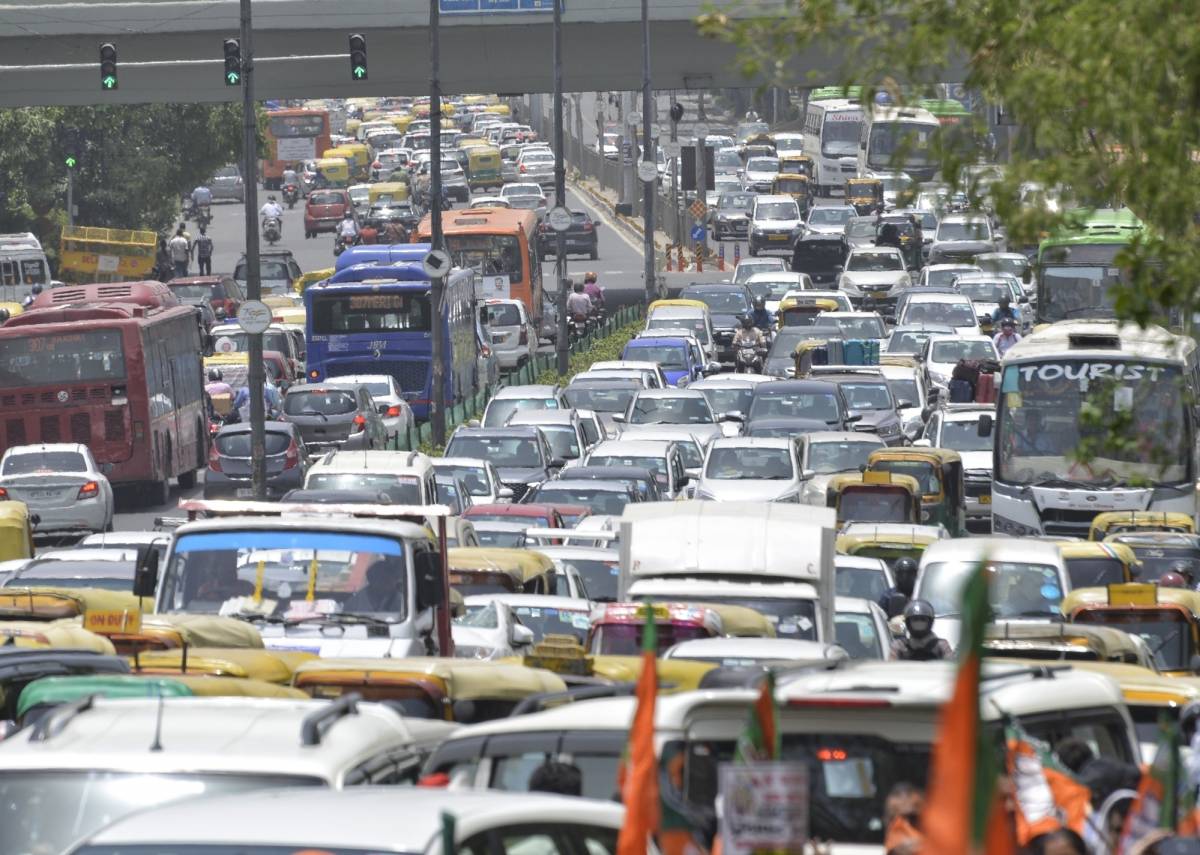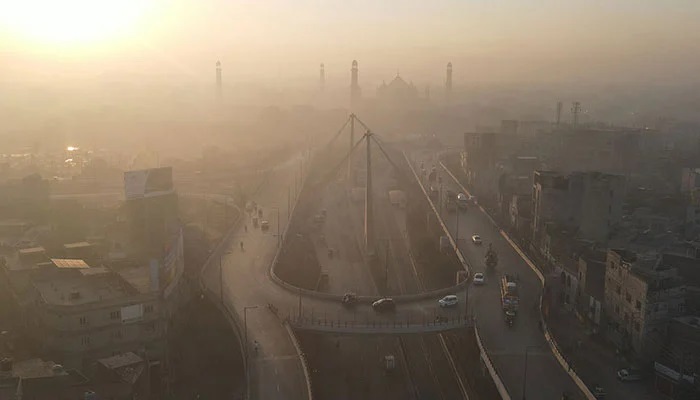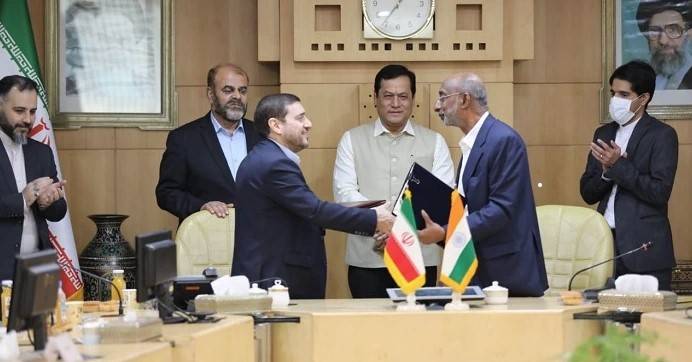The CPCB has planned to hire a consultant to carry out the exercise of development of Noise Maps of a complete city in terms of day and night equivalent noise levels indicating hot spots areas…reports Asian Lite News
The Central Pollution Control Board (CPCB) has planned to carry out noise mapping, hotspot identification and mitigation exercises for noise pollution control in Delhi.
The objective of the noise mapping process is to establish a country-wide approach to avoid, prevent or reduce environmental noise.
The CPCB has developed a database of sound levels of seven cities including Mumbai, Delhi, Kolkata, Chennai, Bengaluru, Lucknow and Hyderabad and to use this database for decision making.
According to a study in 2017 by a hearing test app, Mimi, which analysed the data of 200,000 people in 50 cities across the world “including Delhi and Mumbai” found the worst noise pollution was reported in Delhi.
Earlier, the CPCB in association with the State Pollution Control Boards laid down the National Ambient Noise Monitoring Network in the seven metropolitan cities and installed 35 Noise Monitoring Systems in Mumbai, Delhi, Kolkata, Chennai, Bengaluru, Lucknow and Hyderabad (five stations in each) under Phase-I of the programme. The Strengthening of Network had been carried out by adding 35 more stations in the same cities during 2014-15.
The CPCB has planned to hire a consultant to carry out the exercise of development of Noise Maps of a complete city in terms of day and night equivalent noise levels indicating hot spots areas. The exercise will include collection of primary data comprising of traffic volume data, vehicular speed, road details (type, number of lanes, surface material etc.), building layouts, meteorological data and topographical data for preparation of noise maps. It will also include identification and quantification of sources of noise pollution and hotspots in the city and mitigation measures to be suggested for reducing noise pollution in identified locations.
Noise maps are to be used for communicating the noise situation to stakeholders, inform areas of planning such as construction, traffic & transport and to build a common understanding within the community.
Under the Noise pollution (Regulation and Control) Rules, 2000, responsibilities and restrictions are defined with the authorities for further implementation. Responsibilities are vested with state governments, district magistrate, police commissioner, or any other officer not below the rank of deputy superintendent of police.
ALSO READ-Air pollution: Delhi to ban use of coal by industries














